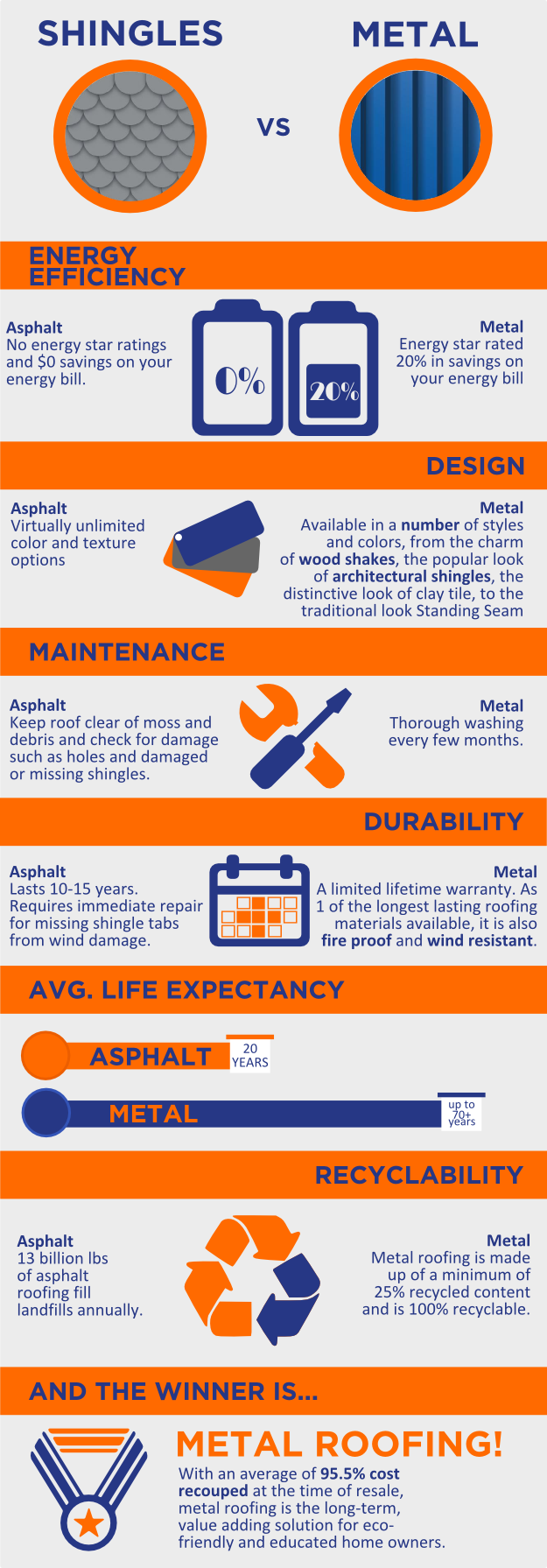When it involves solar panel effectiveness, recognizing how climate condition enter into play is crucial. Photo this: your solar panels basking in the sun's radiance, soaking up power to power your home. However what happens when clouds roll in or temperature levels fluctuate? Exactly how does that influence your power production? By diving right into the complex dancing in between climate and photovoltaic panels, you'll uncover important insights that can assist you make the most of your renewable energy setup. Check out the subtleties of sunshine intensity, temperature level results, and the role of cloud cover and rainfall in enhancing your solar panel efficiency.
Influence of Sunlight Intensity
Sometimes, the strength of sunlight can dramatically influence the effectiveness of photovoltaic panels. When the sunlight is solid and direct, your solar panels create even more power. Nevertheless, during over cast days or when the sun goes to a low angle, the panels receive less sunlight, lowering their effectiveness. To take full advantage of the energy outcome of your photovoltaic panels, it's critical to mount them in areas with sufficient sunshine direct exposure throughout the day. Think about solar roof installation like shading from close-by trees or structures that might block sunlight and lower the panels' performance.
To optimize the efficiency of your solar panels, routinely tidy them to get rid of any kind of dirt, dirt, or debris that may be blocking sunshine absorption. In addition, guarantee that your panels are angled properly to receive the most direct sunshine feasible.
Impact of Temperature Adjustments
When temperature level adjustments occur, they can have a considerable influence on the effectiveness of photovoltaic panels. Solar panels function ideal in cooler temperature levels, making them more efficient on moderate days contrasted to incredibly warm ones. As the temperature enhances, photovoltaic panels can experience a reduction in performance because of a phenomenon called the temperature level coefficient. This result creates a reduction in voltage output, ultimately influencing the total power production of the panels.
Conversely, when temperature levels go down also low, photovoltaic panels can also be impacted. Incredibly cold temperature levels can cause a decrease in conductivity within the panels, making them less reliable in generating power. This is why it's vital to take into consideration the temperature level conditions when setting up solar panels to maximize their efficiency.
Duty of Cloud Cover and Rain
Cloud cover and rainfall can dramatically impact the performance of photovoltaic panels. When clouds block the sunlight, the amount of sunshine reaching your solar panels is minimized, leading to a decline in power manufacturing. Rain can additionally impact photovoltaic panel performance by obstructing sunlight and creating a layer of dust or gunk on the panels, better minimizing their ability to produce electricity. Also light rainfall can scatter sunlight, causing it to be less concentrated on the panels.
During overcast days with heavy cloud cover, photovoltaic panels might experience a substantial drop in energy outcome. Nonetheless, it deserves noting that some contemporary photovoltaic panel technologies can still create electrical power even when the sky is over cast. Furthermore, rain can have a cleaning impact on photovoltaic panels, getting rid of dust and dust that might have gathered with time.
To make the most of the efficiency of your photovoltaic panels, it's important to take into consideration the impact of cloud cover and rainfall on power manufacturing and ensure that your panels are appropriately preserved to hold up against differing weather.
Verdict
Finally, weather condition plays a substantial duty in the effectiveness of your solar panels. Optimizing sunshine exposure, handling temperature changes, and monitoring cloud cover and rains are key factors to consider for optimal power generation. Normal maintenance, such as cleaning panels, is crucial for preserving peak performance. By recognizing how weather affects your photovoltaic panel performance, you can make enlightened decisions to take full advantage of power output and cost savings.
